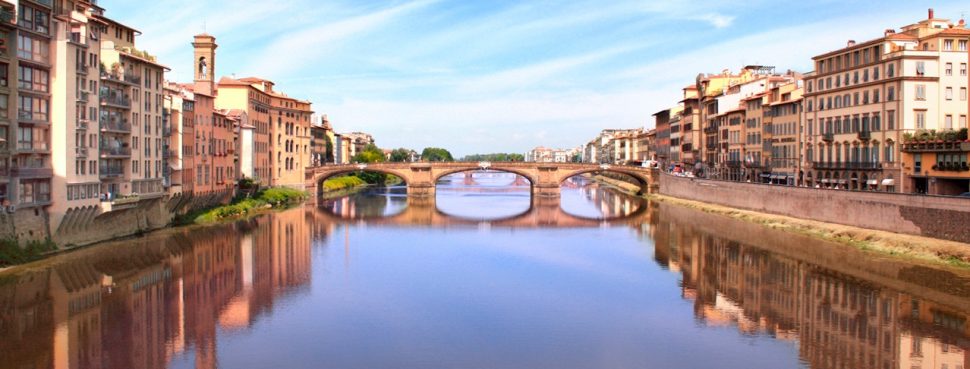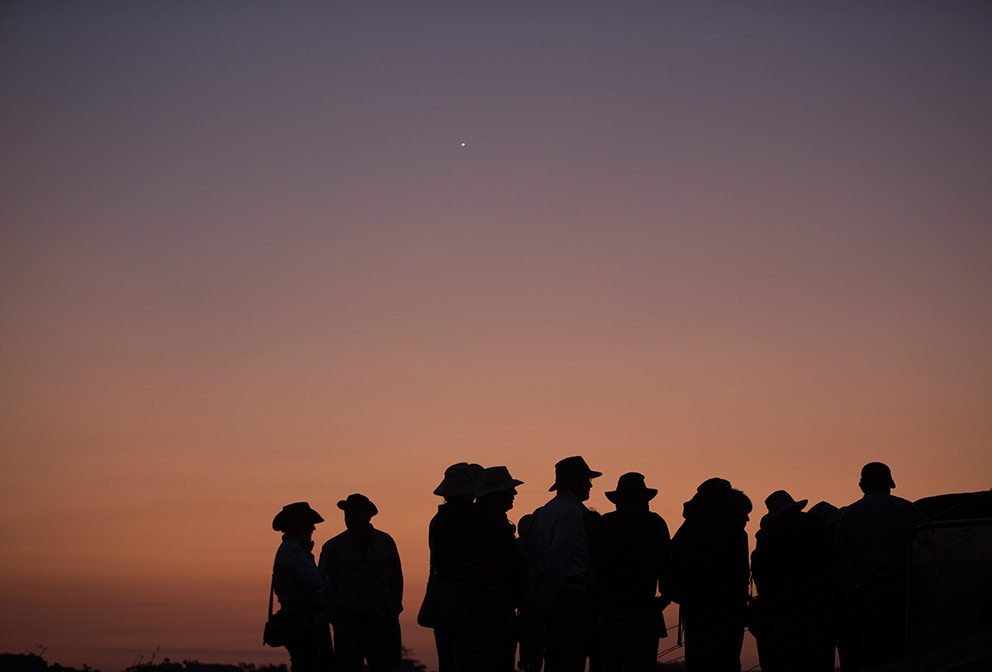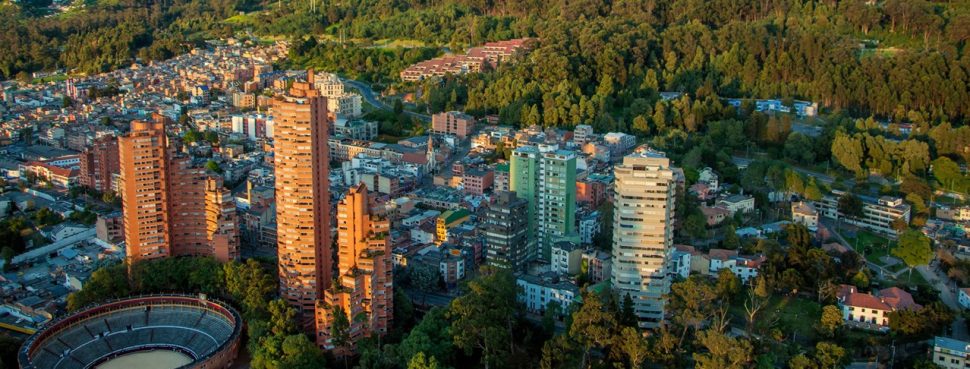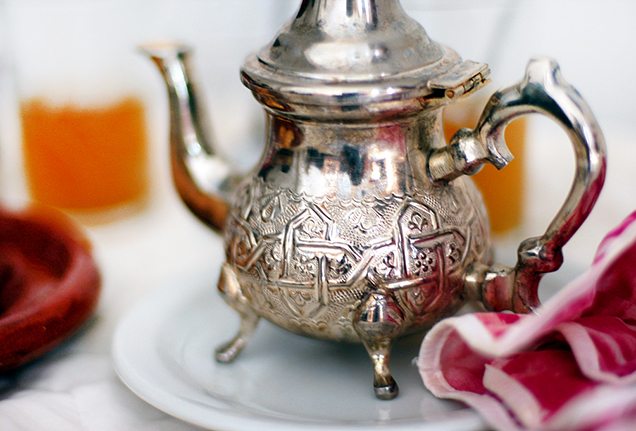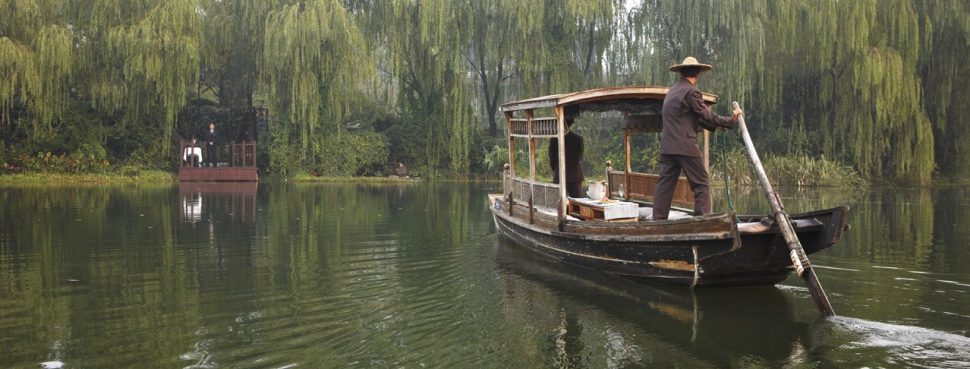For the traveller, destinations are far more than the sights they see or the mementos picked up along the way. The places they visit offer new perspectives and unforgettable experiences with the power to enrich their lives long after they return home.
This November, embrace your inner traveller and embark on a Cultural Escape aboard the Four Seasons Private Jet. During this 19-day journey, you’ll travel to six destinations across three continents, including Dubai, the Seychelles, the Serengeti, Florence and London. Follow a customised itinerary and experience the art, history, landscapes, food, traditions and people of each unique destination.
The difference between a tourist and a traveller lies in the way they perceive their destination. For the tourist, their destination is a place, an endpoint on an itinerary that offers access to a checklist of attractions and souvenirs.
At the end of this incredible journey, you’ll carry home with you new passions, tastes, lessons and perspectives forged from intimate interactions with local cultures—which only Four Seasons can deliver. Here, we highlight some of our favourite souvenirs.
Spiritual serenity in Seychelles

In the Seychelles, all paths lead to beauty. The African nation comprises 115 islands in the Indian Ocean, and it’s a favourite destination for romance, outdoor adventures, wildlife sightings and relaxation.
From your base at Four Seasons Resort Seychelles, located on the archipelago’s main island of Mahé, you can dive, snorkel, hike through nature preserves and shop local markets. Yet it’s difficult to find a better way to soak in the spirit of this beautiful setting than through a yoga session.
At sunset, accompany an expert yogi on a short hike through the forest to a mountaintop overlooking the ocean. Your yogi will guide you through peaceful meditation and yoga, teaching you breathing and relaxation techniques to the sights and sounds of nature. You can also practise a hatha flow out on the open water during a one-on-one paddleboard yoga session. It’s a great way to lose yourself in the tranquility of the sea.
What you’ll take home: Once you’re back in the real world, summon your new meditation techniques, pranayama breathing exercises and Technicolor memories as a reminder to slow down, find peace and live mindfully. “At its core, yoga means union of mind, body and soul,” says Arun Dev, one of the Resort’s yogis. “Union of ego and the spirit, union of the mundane and the divine.” Embrace that unity to find solace in the hustle and bustle of everyday life.
Four Seasons Resort Seychelles
A rekindled love for Mother Nature in the Serengeti
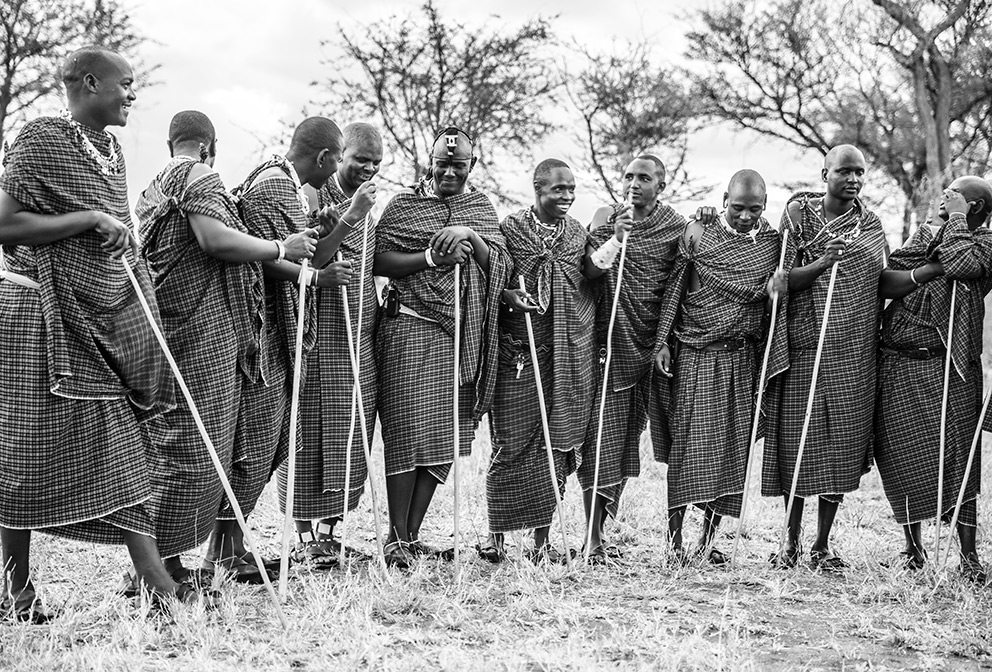
Photography courtesy Robb Aaron Gordon
Most who travel to Africa’s fertile plains seek views of the Big Five: lions, leopards, Cape buffalo, elephants and rhinos. If, after your game drive or hot-air balloon safari, you still crave a deeper understanding of the Serengeti and its wildlife, look no further than the Maasai.
The semi-nomadic Maasai tribe inhabits the Great Rift Valley region of southern Kenya and northern Tanzania. Members are known for their athleticism, craftsmanship and superior knowledge of and respect for the landscape and its animals.
During your stay at Four Seasons Safari Lodge Serengeti, accompany a Maasai warrior on a walking safari to learn how to identify animal tracks, plants and insects, or venture out with your guide for a full-day visit to a Maasai village. In the evenings, the Resort’s Maasai guides congregate for traditional dance ceremonies.
What you’ll take home: The Maasai are known for masterful beadwork, particularly ornate and colourful necklaces. You can buy one of the locally made varieties, but your true souvenir is a newfound appreciation of nature inspired by the Maasai people. Before formal religion was introduced to East Africa, nature played a large role in the Maasai faith. Plants and animals hold a cultural significance for the Maasai, and many plants are still used in traditional medicines. Learn about the importance of living alongside and preserving nature, as well as the Maasai’s high respect for local wildlife.
Four Seasons Safari Lodge Serengeti, Tanzania
Tuscan flavours in Florence

In Italy, food is more than just fuel for the body. Italians take pride in preparing cuisine, using the finest and freshest ingredients to produce dishes that rival works of art. In homes and restaurants from Florence to Palermo, mealtimes are never rushed. Instead, they are savoured moments for tasting and enjoying every flavour together.
During your three-day stay in the city, you’ll gain exclusive access to exhibitions and artisan studios, and travel to the vineyards of the Chianti wine region. But gourmands shouldn’t miss the full-day culinary excursion at Villa Monteoriolo, a 15th-century estate that has been producing olive oil for more than 200 years.
Using the estate’s homemade olive oil and locally sourced ingredients, an expert chef will teach you Tuscan cooking techniques and guide you through the preparation of a multi-course dinner, which you’ll enjoy in the villa’s intimate dining room.
What you’ll take home: Tuscany’s climate and soil produces a low-acidity olive oil that is one of the freshest and most flavourful in the world. Pick up a bottle at Villa Monteoriolo so you can practise your new Italian cooking skills for loved ones at home, using only the most authentic ingredients.
Four Seasons Hotel Firenze
Evolved coffee rituals in Dubai
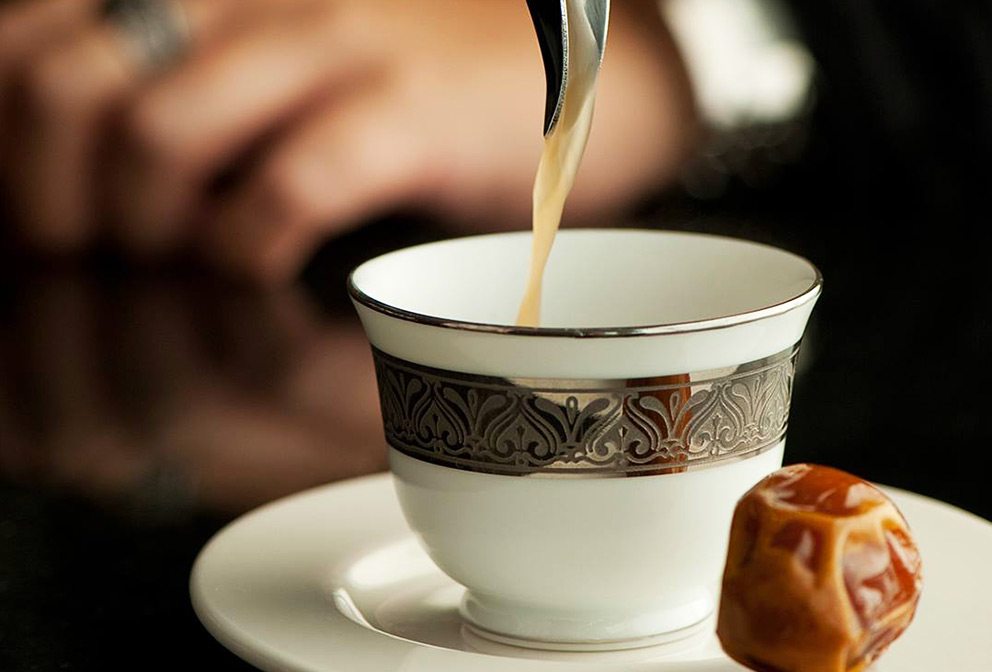
Photography courtesy Bateel International L.L.C.
Though this seaside metropolis is decidedly modern, with its steel-and-glass skyscrapers and over-the-top attractions, Dubai’s multicultural population imbues it with charm and character.
Throughout the city, you’ll find cafés serving Arabic coffee, a blend of coffee beans and spices such as cardamom, cloves, ginger, rosewater and saffron. The coffee is often served with dates rather than sugary confections, and it’s poured from a dallah, an ornate pot made of brass, steel, silver or gold.
The drink is traditionally prepared to welcome guests, and it plays a distinct role in your most exhilarating adventure while in Dubai: a journey by 4×4 into the desert for a royal dinner under the stars. You’ll be welcomed by a traditional Arabic coffee service before you go sandboarding, watch a falconry demonstration and feast on an elegantly prepared dinner.
What you’ll take home: Arabic coffee, dallahs and finjaans—the small round coffee cups that accompany the traditional service—can be found at Dubai’s souks and luxury shopping centres. Even if you don’t purchase a set for yourself, take home the spirit of community inspired by the Arabic coffee ritual. Bring the symbol of hospitality to life for guests in your home for years to come, sharing your understanding of coffee-drinking etiquette with every sip.
Four Seasons Hotel Dubai International Financial Centre
Trip details
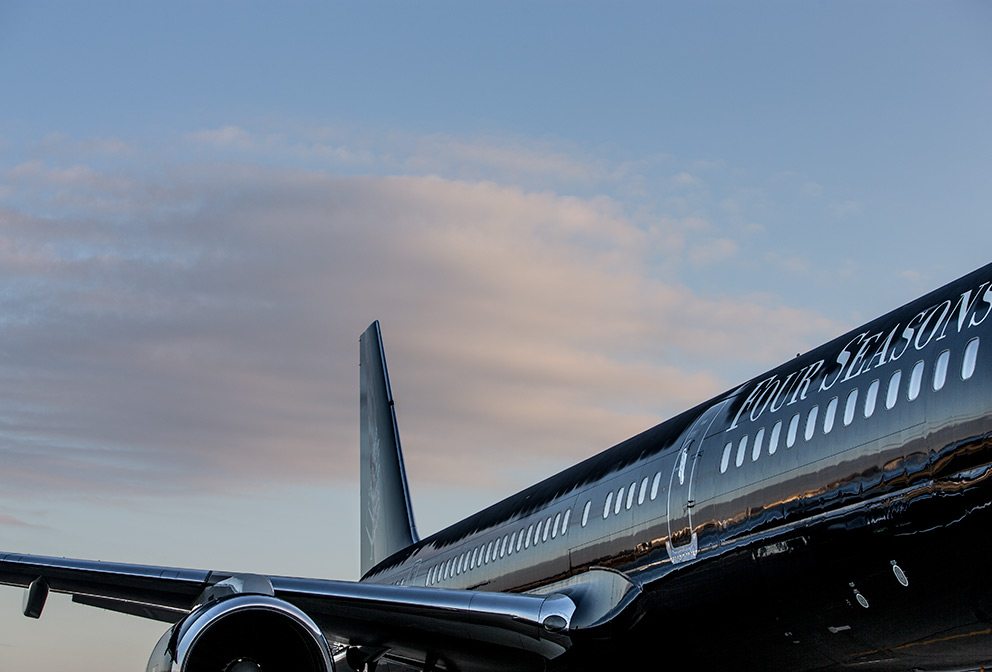
Photography courtesy Robb Aaron Gordon
Your cultural escape through Europe, Africa and the Middle East begins and ends at Four Seasons Hotel London at Park Lane. From London, you’ll travel aboard the custom-designed Four Seasons Jet and enjoy Four Seasons accommodations and renowned service at every step of the journey. The trip begins on November 4, 2016.
Discover more about the Cultural Escape itinerary and begin your journey >
YOUR JOURNEY BEGINS HERE
Select a destination and start exploring
